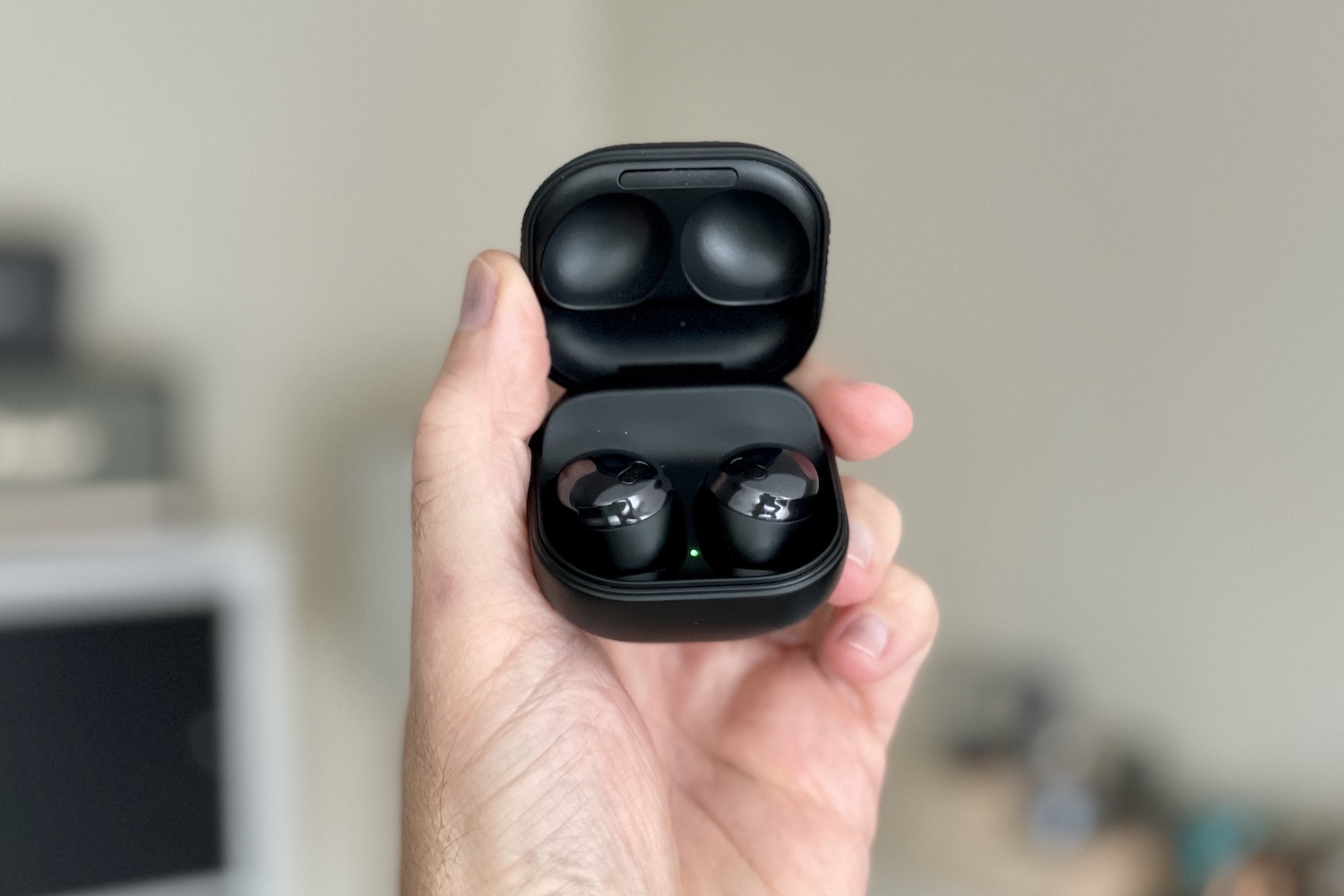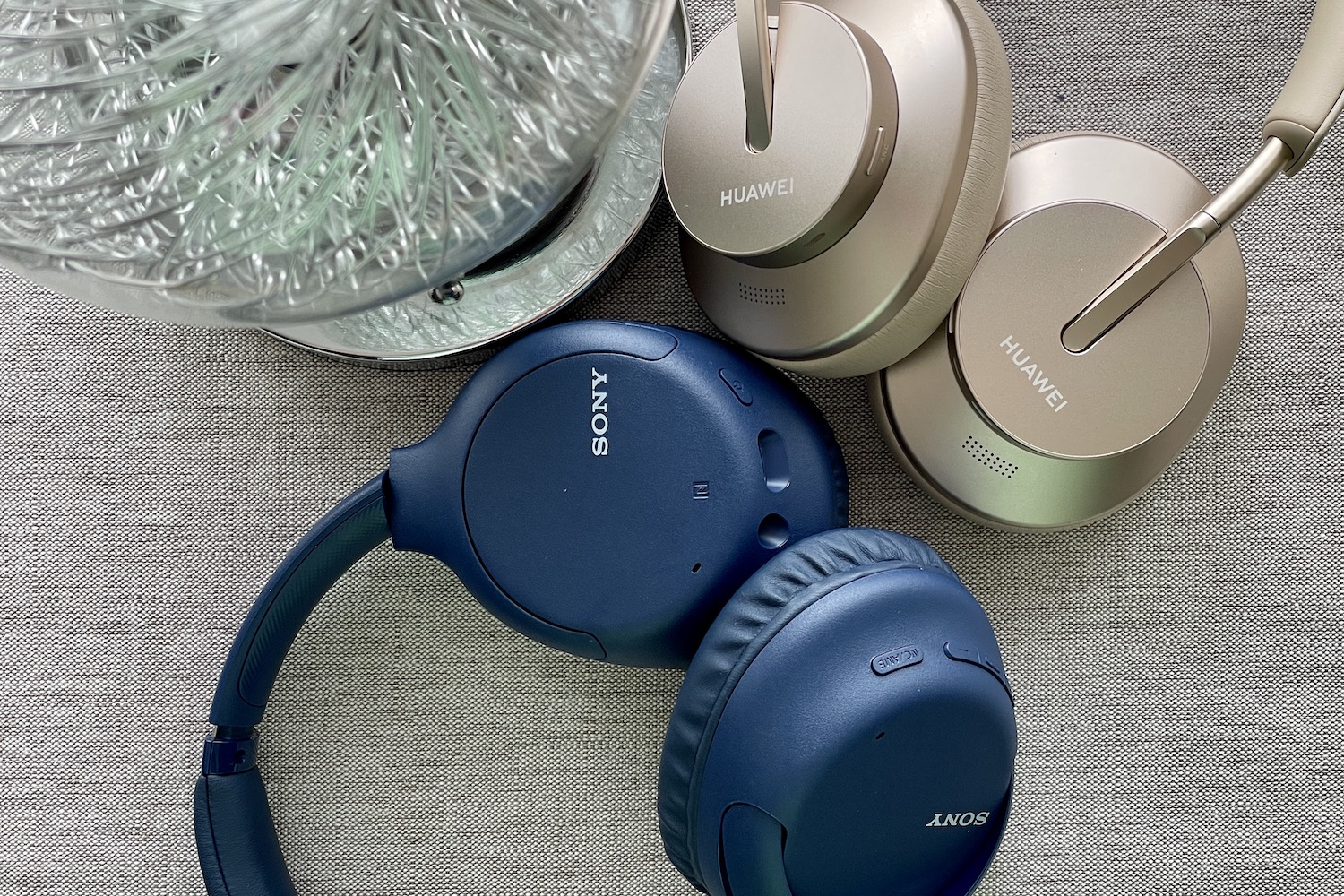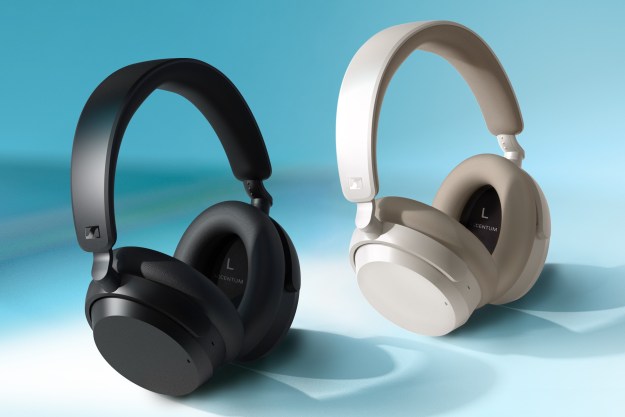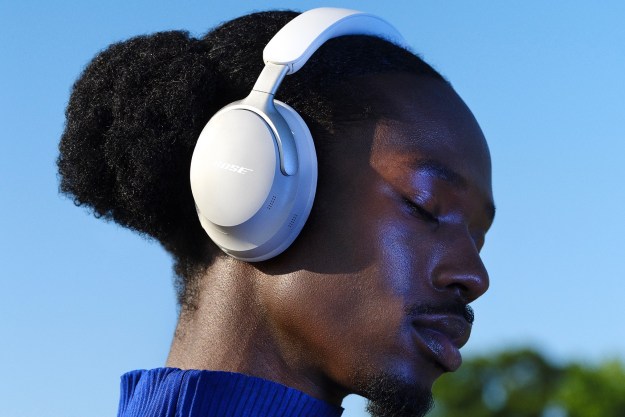Ever wanted to close yourself off from the world around you? I used to have no interest in doing so, but the coronavirus pandemic and a long, mentally challenging lockdown in the U.K. at the end of 2020 made me feel very differently. I needed an escape, and I chose to use noise-canceling headphones to create my own Fortress of Solitude.
Once something I only really used to drown out the sound of loud conversations in a coffee shop or the drone of an airplane’s engine, active noise cancellation (ANC) created a wonderfully hushed idyllic space I still look forward to visiting.
How it started
It wasn’t until a resurgence of the coronavirus in the U.K., and the resulting lockdown between December 2020 until April 2021, that I found myself craving solitude. I’d moved into a new home a few months prior and everything was still relatively unfamiliar to me, which combined with a frightening public health situation and depressing winter weather, and further exasperated by noise from a new neighbor below me, left me feeling anxious, exposed, and vulnerable.
Over the next weeks, I noticed I became very susceptible to noise. It didn’t make me angry, it put me on edge. I was in an ever-ready state of preparedness for an incoming sound from which I likely couldn’t escape due to being stuck inside. The noise could have been anything, but was worse when it was unexpected. The sound from my neighbor’s television, a door slamming, someone walking past outside while speaking loudly, or just about anything sudden that was beyond my control.
I knew I needed to take back some control in order to lower my anxiety, and I wasn’t quite at the point where I wanted to become a hermit. So I turned to tech.
Headphones to the rescue
Introducing sound on my own terms by wearing headphones was the obvious answer. Choosing the right pair was a welcome distraction, as I experimented with different headphones for their suitability in different situations. I wanted a pair for use with my phone, my laptop, my iPad, and my television, but had different requirements for each.

While one jack-of-all-trades pair of headphones could just about cover everything, it would be the master of none, and because I’m a hopeless geek, having multiple
I put on the Marshall Monitor 2 over-ear headphones, and was struck by how I could wear them for hours with no fatigue and no sweaty ears, and also how great the ANC feature was compared to other pairs of comfortable over-ears I’d been trying that evening. Noise cancellation suddenly went from something I only ever remembered when I was packing for a flight to an essential tool for my day-to-day survival.
The Marshall Monitor 2s were joined by Sony’s WH-CH710N over-ears for use with the TV, Sony’s WF-1000XM3 and Apple’s AirPods Pro for my phone and iPad, and either the Huawei FreeBuds Studio over-ears or Samsung’s Galaxy Buds Pro for my laptop. All have really excellent sound quality, a highly comfortable fit, and excellent battery life, in addition to superb noise cancelation.

Finally, I wanted a pair suitable for sleep. I chose Bose Sleepbuds 2, which don’t have noise cancellation but instead play noise-masking sound throughout the night, and are comfortable enough to wear even for side sleepers. They completed my ridiculously comprehensive lineup of headphones, which now covered almost all noise-abating eventualities, and satisfied my inner tech fiend, too.
Tranquil escape
But what difference did all these make to me personally, and to my anxiety levels? I recall getting toward the end of the workday one evening in early January, when the situation in the country was at its worst, and external noise that day had been especially jarring. January was also the coldest month the U.K. had experienced for 10 years and darkness fell in the late afternoon. My mood was similarly bleak.
They transport me into my own tranquil space, with very limited intrusion from outside, filled with sounds I want to hear.
As I shut down my computer, I had an overwhelming sense of really looking forward to putting on a pair of headphones, and escaping into the serene, isolating world created by the noise cancellation. It reminded me of coming home from a busy trip and looking forward to sleeping in your own bed. The emotionally charged anticipation of that comforting, peaceful, familiar feeling was the same. I chose a podcast, occupied myself with a meaningless task or two, and just listened for a few hours. It was truly wonderful.
The positive effect hasn’t dulled with time, either, and although my anxiety has decreased a lot since the early part of the year, I still enjoy the solitude created by my
There is also some scientific evidence to back up my own experience. In addition to plenty of anecdotal stories similar to mine about
Superman has his Fortress of Solitude and I have
Editors' Recommendations
- Sony WH-1000XM6: the design and features we want Sony’s next headphones to deliver
- JBL upgrades its 2024 wireless headphones with massive battery life
- 7 things Sonos’ first headphones will need to get right
- Your next noise-canceling earbuds may use Navy sonar tech
- Dali says its latest wireless headphones achieve electrostatic levels of clarity







